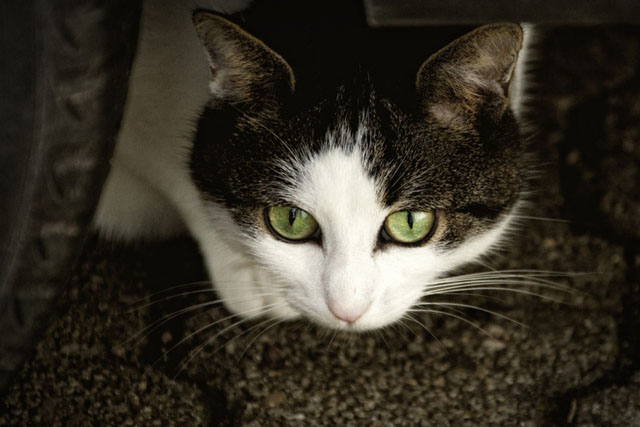How to Make a Malnourished Cat Gain Weight: Tips and Advice


1. Consult a Veterinarian
If you have a malnourished cat, the first step is to consult a veterinarian. They will be able to assess the cat's overall health and determine the underlying cause of the weight loss. It's important to rule out any underlying medical conditions that may be contributing to the cat's malnourishment.
2. Assess the Cat's Diet
Once you have consulted a veterinarian, it's important to assess the cat's current diet. Look at the type of food they are eating, the portion sizes, and the frequency of meals. A malnourished cat may not be getting enough nutrients from their current diet, so it may be necessary to make some changes.
3. Increase the Cat's Food Intake
To help a malnourished cat gain weight, you will need to increase their food intake. This can be done by gradually increasing the portion sizes at each meal. Start by adding a small amount of extra food to their bowl and gradually increase it over time. It's important not to overfeed the cat all at once, as this can lead to digestive issues.
4. Offer Nutrient-Dense Food
When trying to help a malnourished cat gain weight, it's important to offer them nutrient-dense food. Look for cat food that is high in protein and fat, as these are essential for weight gain. Avoid foods that are high in fillers and carbohydrates, as these provide little nutritional value.
5. Consider Wet Food
Wet food can be a good option for a malnourished cat, as it is often more palatable and easier to eat than dry food. Wet food also tends to have a higher moisture content, which can help with hydration. If your cat is not used to wet food, you can gradually introduce it by mixing it with their dry food.
6. Provide Frequent Small Meals
Instead of feeding your malnourished cat one or two large meals, consider providing them with frequent small meals throughout the day. This can help to stimulate their appetite and make it easier for them to consume more food. Aim for at least four to six small meals per day.
7. Monitor the Cat's Progress
As you work to help your malnourished cat gain weight, it's important to monitor their progress. Keep track of their weight and body condition score to ensure they are making progress. If you are not seeing any improvement or if the cat's weight continues to decline, consult your veterinarian for further guidance.
8. Address Underlying Health Issues
If your cat is malnourished, there may be underlying health issues that need to be addressed. This could include dental problems, gastrointestinal issues, or parasites. Work with your veterinarian to identify and treat any underlying health issues that may be contributing to the cat's malnourishment.
9. Ensure a Stress-Free Environment
A stress-free environment is important for a malnourished cat to regain weight. Stress can suppress appetite and make it difficult for the cat to eat. Provide a calm and quiet space for the cat to eat, away from any potential stressors. Additionally, make sure the litter box is clean and easily accessible.
10. Be Patient and Persistent
Helping a malnourished cat gain weight takes time and patience. It's important to be persistent and consistent with their feeding routine. Keep in mind that it may take several weeks or even months for the cat to reach a healthy weight. Be patient and continue to monitor their progress along the way.
By following these tips and advice, you can help a malnourished cat gain weight and improve their overall health and well-being.


Related posts